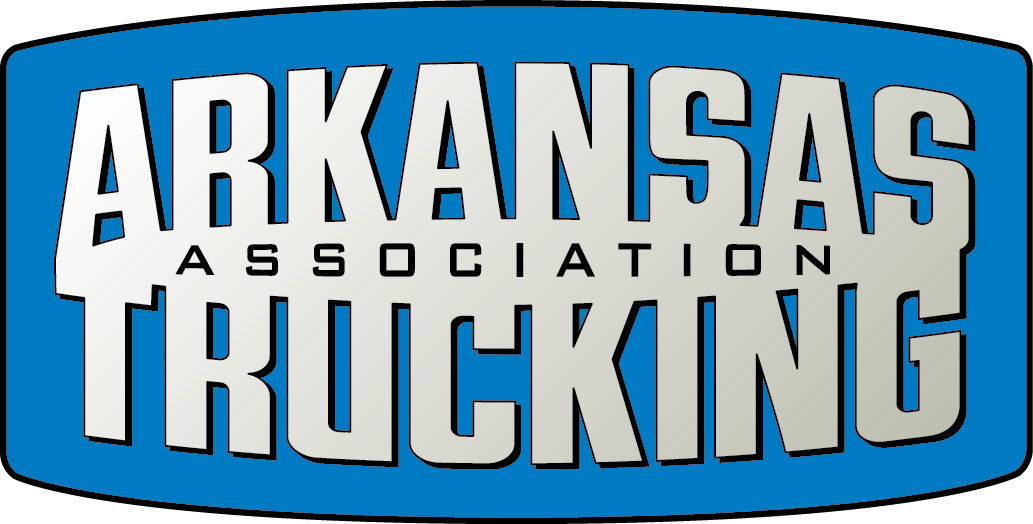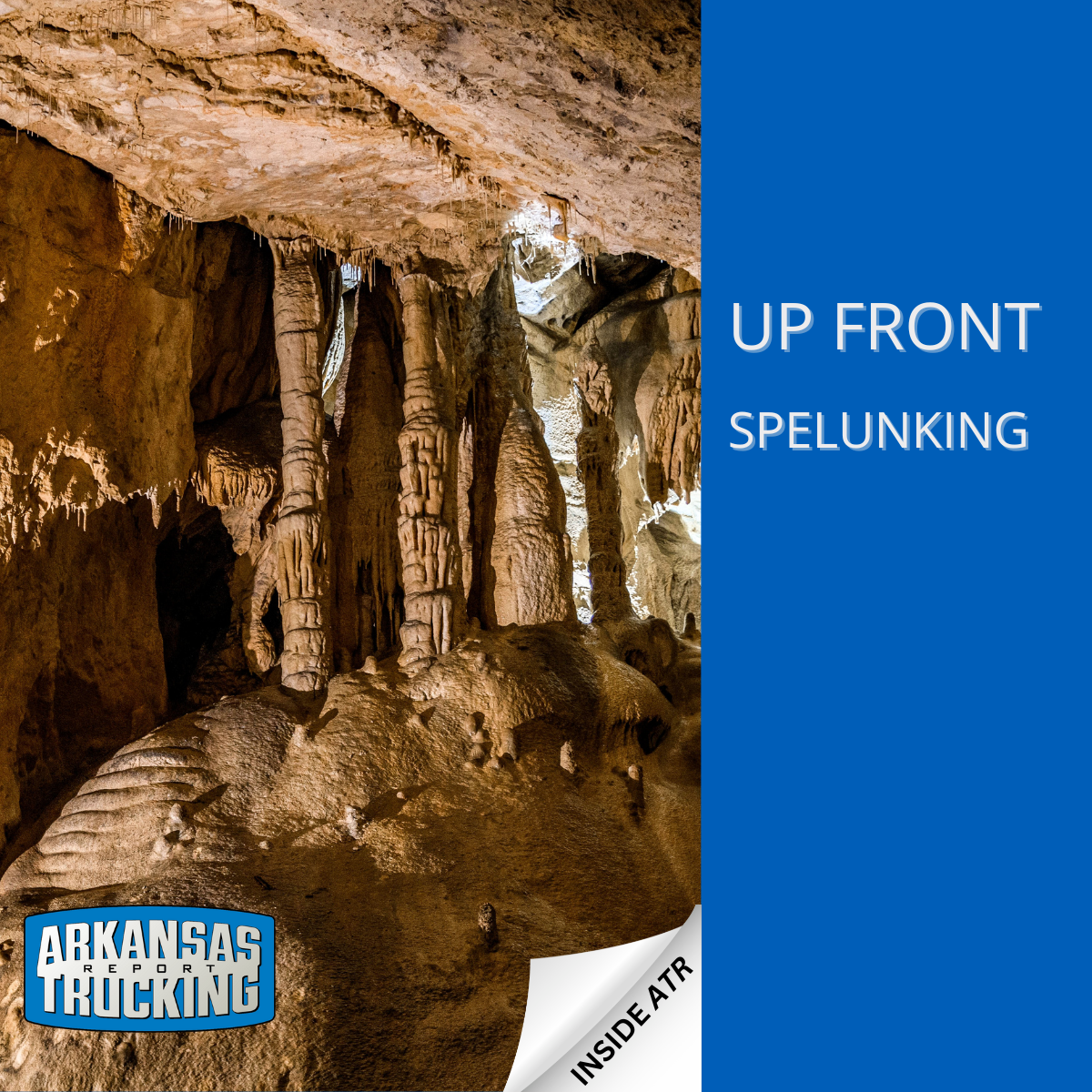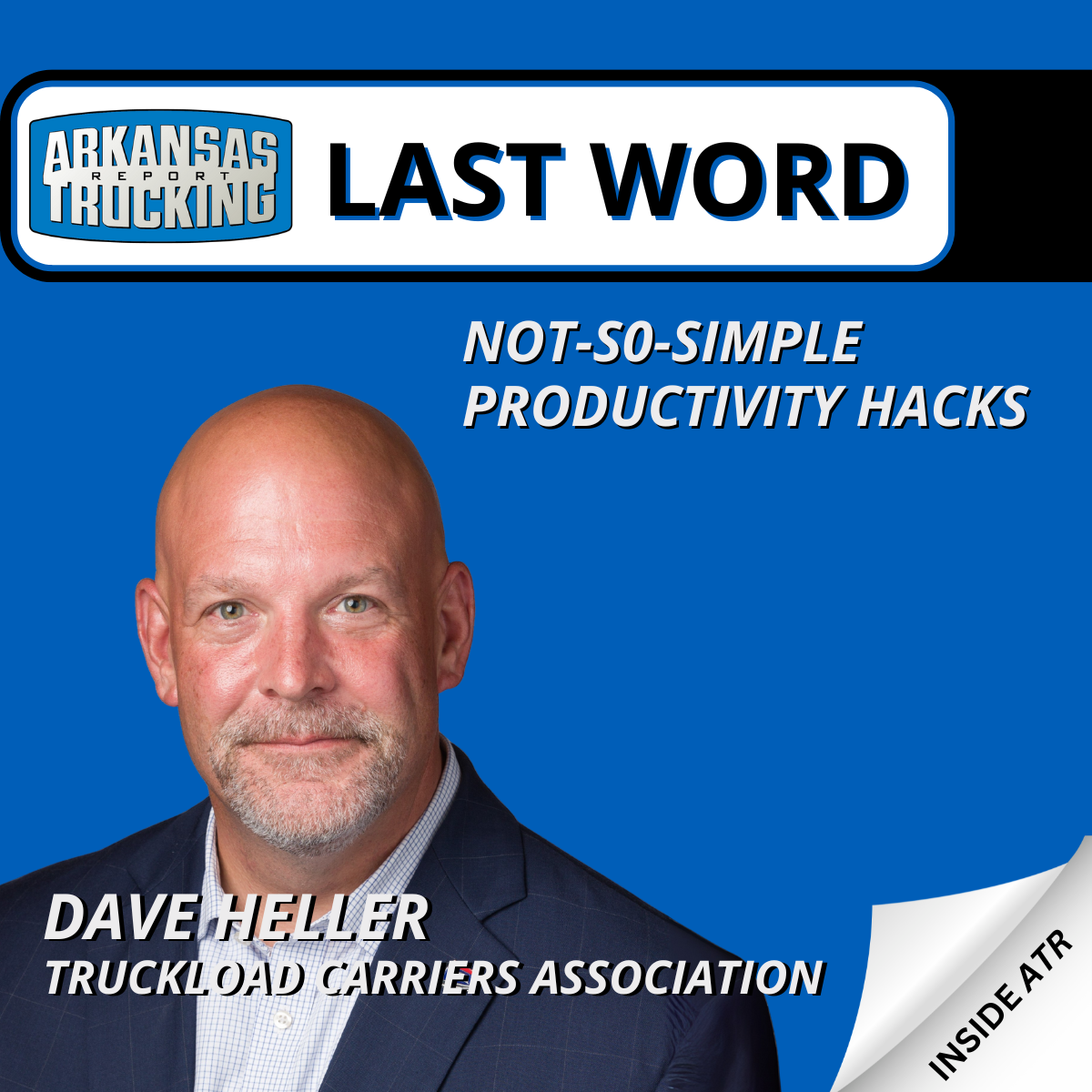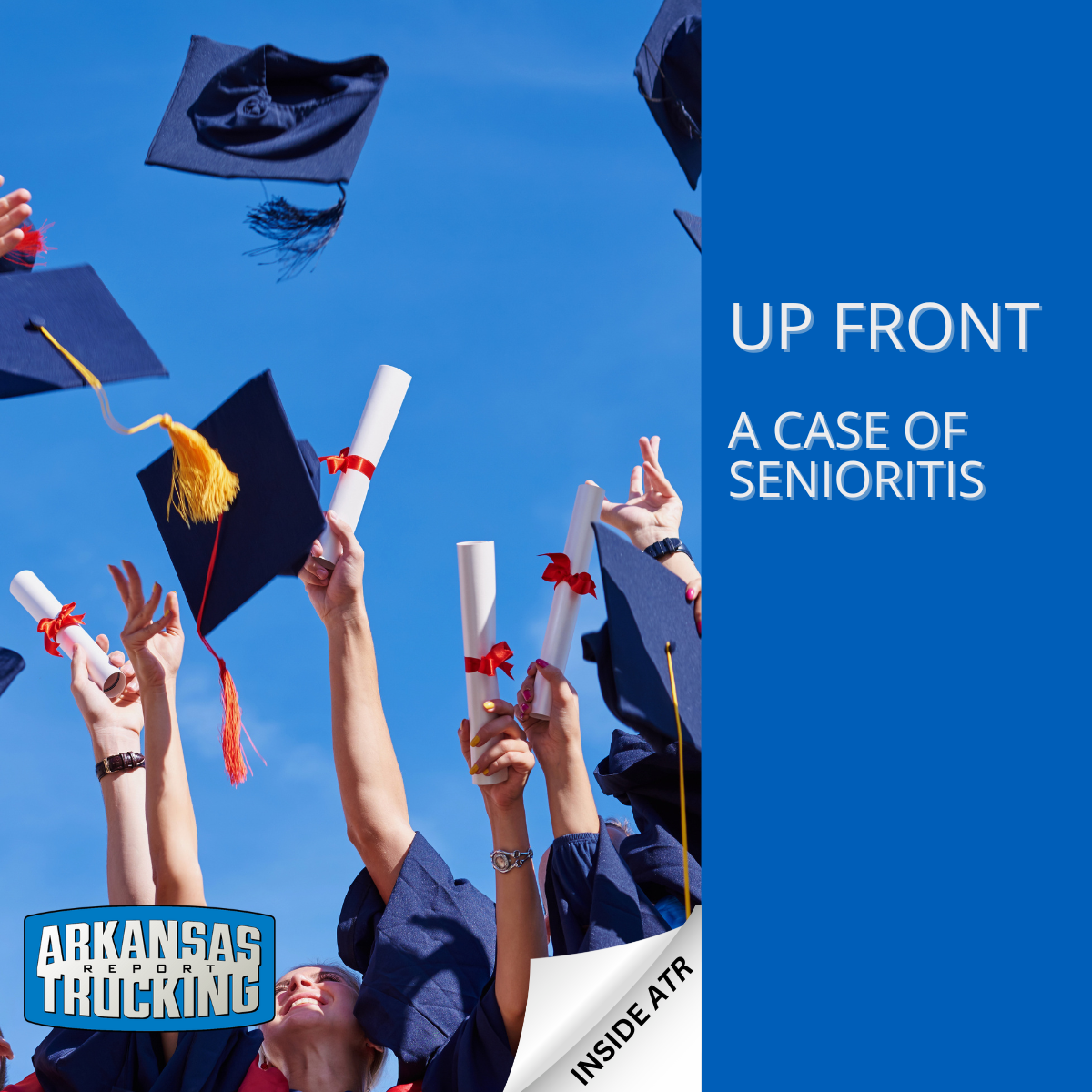Shannon Newton
President, ATA
The calendar officially says summer, and the thermometer does, too. As a heat wave rolls over much of the country, one place where it’s still cool is underground in the Arkansas cave system. The Blanchard Springs Caverns in the Ozarks are 58°F year-round, and it’s not hyperbole to say their perpetually cool trails are a majestic, subterranean cathedral of shimmering columns.
If you’ve done a cave tour at one of our state or national parks, you’ve learned about stalagmites and stalactites that form from mineral deposits, rising from the cave floor and descending from the bat-covered ceiling until they meet in the middle to form solid structures. The natural world works both ground up and top down to build something lasting.
Trucking policies work that way, too. A few weeks after the 95th General Assembly wrapped up, local journalist Roby Brock invited me on his weekend show Capitol View to discuss trucking’s legislative victories. From the Natural State, we’ve been building on tort reform, cargo theft deterrents, CDL integrity measures and towing reforms. These efforts, like mineral deposits accumulating on the Dripstone Trail, have been building upward one legislative session at a time.
The work was deliberate and persistent, but always with an awareness that somewhere above our heads, federal formations were taking shape. The challenge was staying patient and focused on what we could control at ground level, trusting that our upward progress would eventually connect with something equally substantial growing from the other direction.
And then the connection happened. Just weeks after Arkansas encoded federal English proficiency requirements into state law, President Trump’s executive order directed FMCSA to enforce those same standards as out-of-service violations nationwide. What had been our careful state-level formation suddenly locked into place with federal authority descending from above. Our Arkansas CDL integrity measures weren’t operating in isolation anymore; they were part of a unified structure stretching from local enforcement all the way up to federal highways.
This is how lasting policy gets built not from one direction alone, but from patient work at both ends until they meet in the middle. Whether it’s cargo theft rising 1500% nationwide or the shortage of truck parking spots, these challenges require both state solutions and federal action. Sometimes we build from below, passing Arkansas laws that echo in Washington. Other times, federal frameworks descend, and we construct state-level supports. But the strongest columns that can bear the weight of an entire industry’s needs form when both efforts grow toward each other, creating something far more durable than either could achieve alone.



